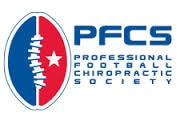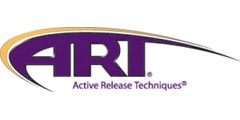Are you experiencing Musculoskeletal Imbalances?
This term Musculoskeletal Imbalances refers to the imbalance of two opposing muscles groups. For instance the strength and flexibility between the hamstrings and quadriceps.
Each muscle group performs a completely different movement, while at the same time working together to keep the knee joint healthy and functioning properly.
The most common example of musculature imbalances we see in our office is around the shoulder joint. More specifically we see an imbalance in strength and flexibility between the rotator cuff muscles.
All too often the external rotators of the glenohumeral joint are weak from overuse and adhesion production, while the internal rotators are quite strong and dominant do to improper training or sports related activity.
How are Musculoskeletal Imbalances fixed?
First things first, we must diagnose everything that is going on in that area.
Whether it be the presence of adhesion, development of tendinopathy, muscle atrophy, or just an imbalance of strength between muscle groups, we need to identify all players and then prioritize what needs to be fixed first.
Specifically for musculoskeletal imbalances, our hands on manual therapy reduces adhesion and pathology limiting the ability of the muscles involved to do their job while home exercises slowly rebuilds the balance in strength across the joint to help that joint function properly again.
Unfortunately only doing corrective exercises, only receiving manual therapy, or thinking you can fix this yourself at home is not that answer. You need to make sure you cover all bases in order to correct this type of problem completely by consulting with a professional like the doctors at Prime Spine Associates.
If you chose to take a shortcut you will end up with the same problem again down the road at best. Worst case scenario, you have a bigger problem because you continued to participate in your activity ignoring your problem, and now it’s an even bigger mess.
Certified in Advanced Chiropractic Care




